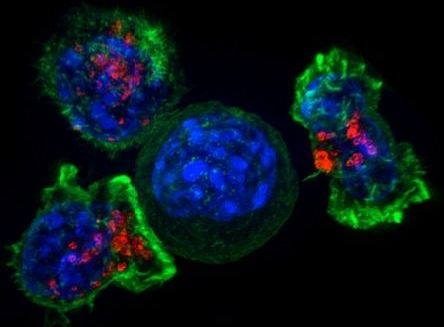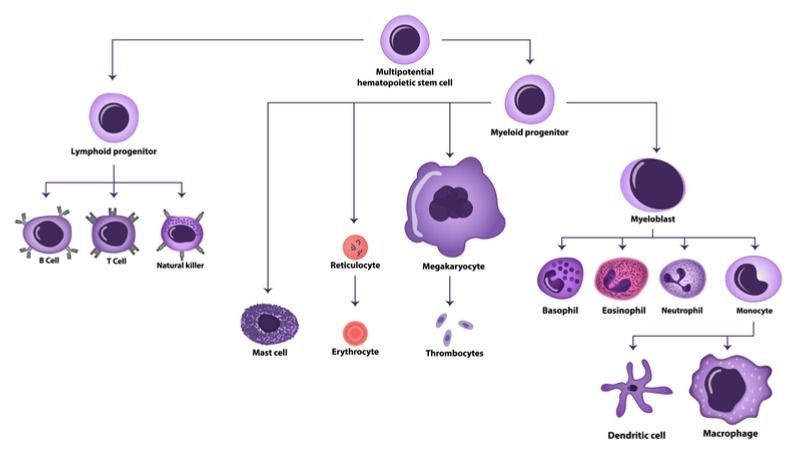Chinese doctors have reported success with a new type of immunotherapy for multiple myeloma, a blood cancer: 33 out of 35 patients in a clinical trial had clinical remission within two months.
The researchers used a type of T cell called “chimeric antigen receptor (CAR) T.” In a phase I clinical trial in China, the patient’s own T cells were collected, genetically reprogrammed in a lab, and injected back into the patient. The reprogramming involved inserting an artificially designed gene into the T-cell genome, which helped the genetically reprogrammed cells find and destroy cancer cells throughout the body.







